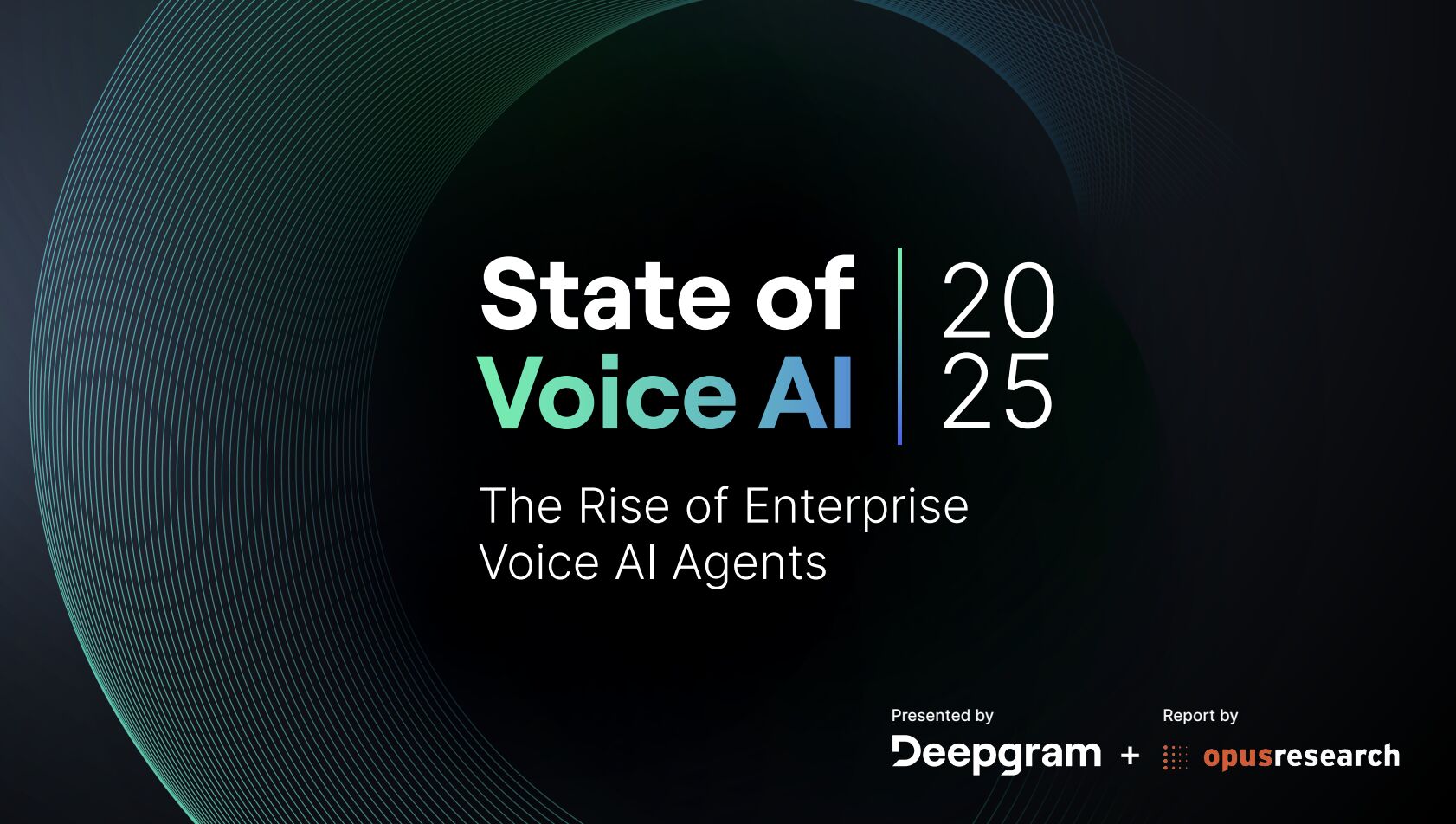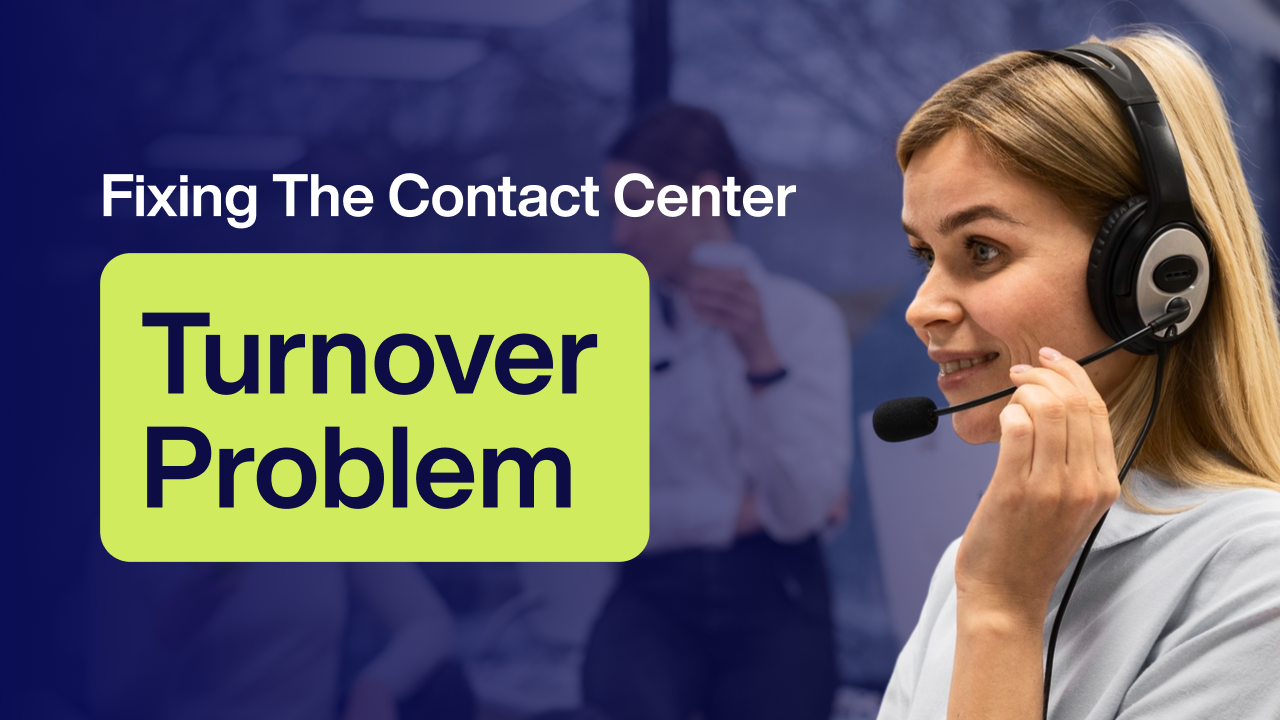Unlocking Efficiency, Speed, and Patient Satisfaction through AI

Introduction: Why Frontline Healthcare Needs Automation Now
In today’s healthcare landscape, frontline workers are stretched thin. Federally Qualified Health Centers (FQHCs), Community Mental Health Centers (CMHCs), and urgent care clinics are facing a staffing crisis, rising administrative burdens, and burnout at alarming levels. According to the American Hospital Association, U.S. hospitals saw a 25% increase in administrative workload over the past five years—while staffing levels remained flat.
Amidst this pressure, AI and automation are proving to be not just helpful, but necessary. The right solutions can offload repetitive tasks, improve clinical and operational accuracy, and allow care teams to focus on what they do best: treating patients.
By automating low-value tasks like intake, scheduling, triage, and follow-ups, healthcare organizations can see measurable gains—30% faster throughput, 25% reduction in no-shows, and significant improvements in staff morale and patient satisfaction.
This article breaks down 5 quick wins that leverage automation to improve frontline workflows with real-world examples and measurable impact. Whether you're a CIO, practice manager, or clinical leader, these wins are not years away—they're actionable now.
1. Automate Patient Intake & Registration (Process)
Manual patient intake is still the norm in many facilities—clipboards, paperwork, and human error. Automating this process is one of the lowest-hanging fruits in workflow modernization.
AI-powered intake platforms can collect patient demographics, insurance details, consent forms, and health history digitally—before the patient ever steps into the clinic.
Quick Win Benefits:
- 30–40% time savings per patient visit
- 80% fewer errors in data collection and entry
- Staff spend more time with patients, not paperwork
Example:
One CMHC in Missouri integrated an AI-based intake system that pre-fills EHR fields and automatically flags missing insurance details. Result: A 3x faster registration process and a 12% increase in billing accuracy.
Tool Spotlight:
Companies like Notable, Phreesia, and Clearwave offer customizable digital front doors that sync directly with EHRs.
2. Smart Triage and Symptom Routing (Product)
Patients often don’t know whether to go to urgent care, schedule a telehealth visit, or head to the ER. AI-powered triage bots can ask patients a few questions and intelligently guide them to the right level of care.
Quick Win Benefits:
- Reduces inappropriate ER visits by up to 30%
- Lowers call center volume
- Cuts down patient wait times
Example:
An FQHC in California deployed a symptom checker integrated into its website and patient app. Within three months, 15% of incoming visits were routed to telehealth instead of in-person, freeing up capacity for higher-need patients.
Why It Works:
NLP-based tools like Buoy Health and Infermedica use clinically validated decision trees and continuously improve based on patient interactions.
3. Use Real-World Examples to Automate Appointment Reminders (People)
No-shows cost U.S. healthcare over $150 billion annually, with missed appointments leading to poor patient outcomes and lost revenue. Automating appointment reminders using AI-driven communication tools is an easy win.
Real-World Impact:
- One urgent care chain using AI-driven SMS reminders reduced no-shows by 22%
- FQHCs integrating bilingual, personalized reminders saw increased appointment adherence, especially in Medicaid populations
Why It Works:
AI can determine the best time and language to contact patients, segment them based on response behavior, and follow up automatically. Staff don’t need to make 100 calls a day.
People-first Automation:
Tools like Luma Health, Zocdoc, and Twistle keep the human touch by offering patient-specific options, while lifting the burden off administrative staff.
4. Automate Post-Visit Follow-Up and Care Coordination (Process)
Following up with patients after a visit is often forgotten—but it’s critical. AI-enabled systems can auto-trigger surveys, medication reminders, lab result notifications, and even coordinate care transitions (e.g., referrals, specialists).
Quick Win Benefits:
- Improved HEDIS and quality scores
- Enhanced chronic care management
- Reduced hospital readmission rates
Example:
A CMHC in New Jersey implemented automated follow-ups for patients with severe depression. Within six months, their post-visit engagement rate increased by 40%, and clinician-reported burnout decreased.
Pro Tip:
Use AI to prioritize high-risk patients and escalate cases only when human intervention is needed.
5. Voice-to-Text Charting & Ambient AI Assistants (Product + People)
Charting eats up nearly 50% of a clinician’s day, often spilling into evenings and weekends. Ambient AI assistants now sit quietly in the room (or Zoom call), transcribe conversations, and generate documentation in real time.
Key Benefits:
- Saves 2–3 hours/day per clinician
- Increases billing accuracy by capturing detailed notes
- Improves provider satisfaction
Example:
UCHealth in Colorado piloted ambient AI in primary care and saw an 85% reduction in after-hours charting. Physicians reported higher work-life balance and less burnout.
Vendors Leading the Way:
- Nabla Copilot
- Suki AI
- Abridge
These tools also integrate directly with major EHRs like Epic, Athenahealth, and Cerner.
Conclusion: These Wins Are Possible Today
Automation doesn’t need to be a 5-year digital transformation journey. The most effective organizations are already using AI to solve specific frontline problems—starting small, showing results, and expanding.
Here’s what these 5 quick wins add up to:
- Less burnout for staff
- Better patient satisfaction
- Fewer no-shows and errors
- Increased operational capacity
- More time for actual care
Healthcare doesn't lack people who care—it lacks systems that enable them to care efficiently.
Next Step?
Audit your workflows. Where are your team members doing repetitive, low-value tasks? Start there. You don’t need to reinvent your entire tech stack to make a measurable impact.
Start Small, Win Big
Want to explore automation pilots for your clinic or center?
✅ Start with a 30-minute AI workflow audit to identify your biggest time drains.
✅ Reach out to partners who’ve helped other FQHCs or clinics succeed.
✅ Measure and communicate wins—staff adoption follows results.
The future of frontline healthcare isn’t about more hours—it’s about smarter ones. Automation isn’t the enemy of care. When done right, it’s the enabler.
No Spam —
Just Good Stuff.
Join our newsletter for actionable advice, insider knowledge, and strategies that drive real results.
No fluff, just value.
%20(1).png)

.png)


















































.png)
.png)
.png)



.png)
.png)
.png)
.png)
.png)
.png)
.png)
.png)
.png)
.png)
.png)
.png)
.png)
.png)
.png)
.png)


























